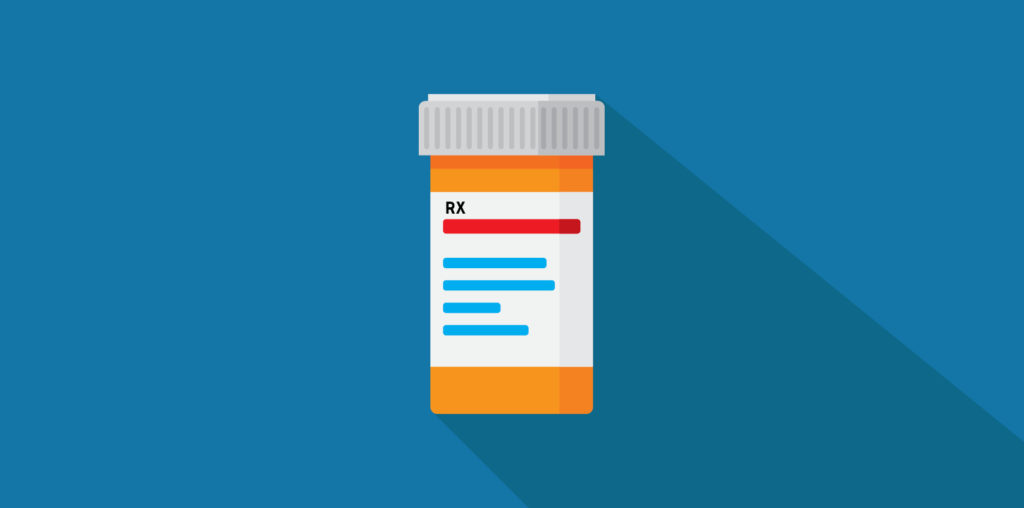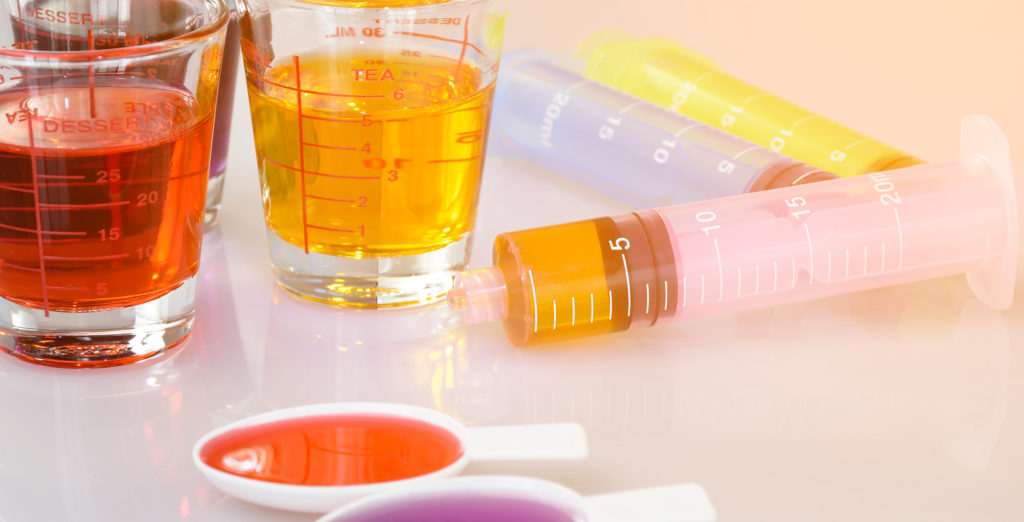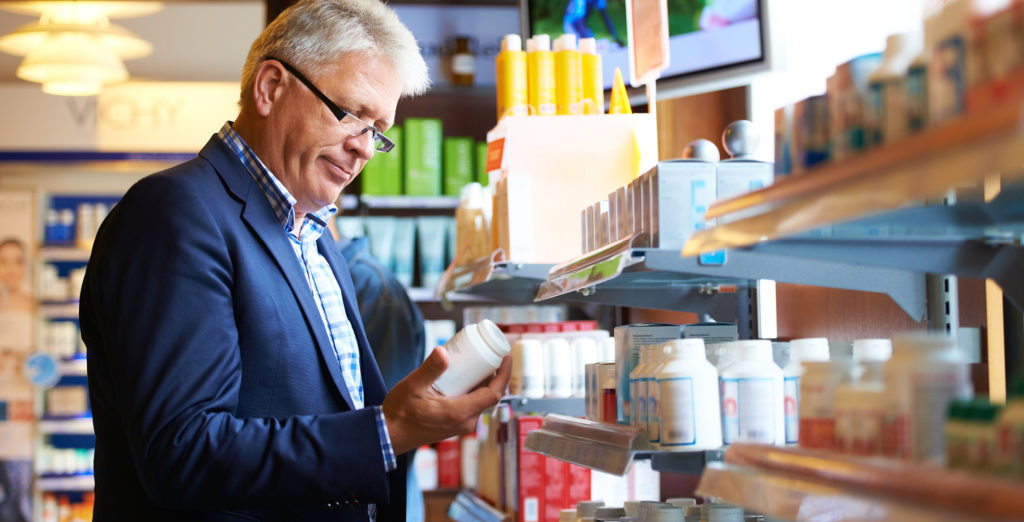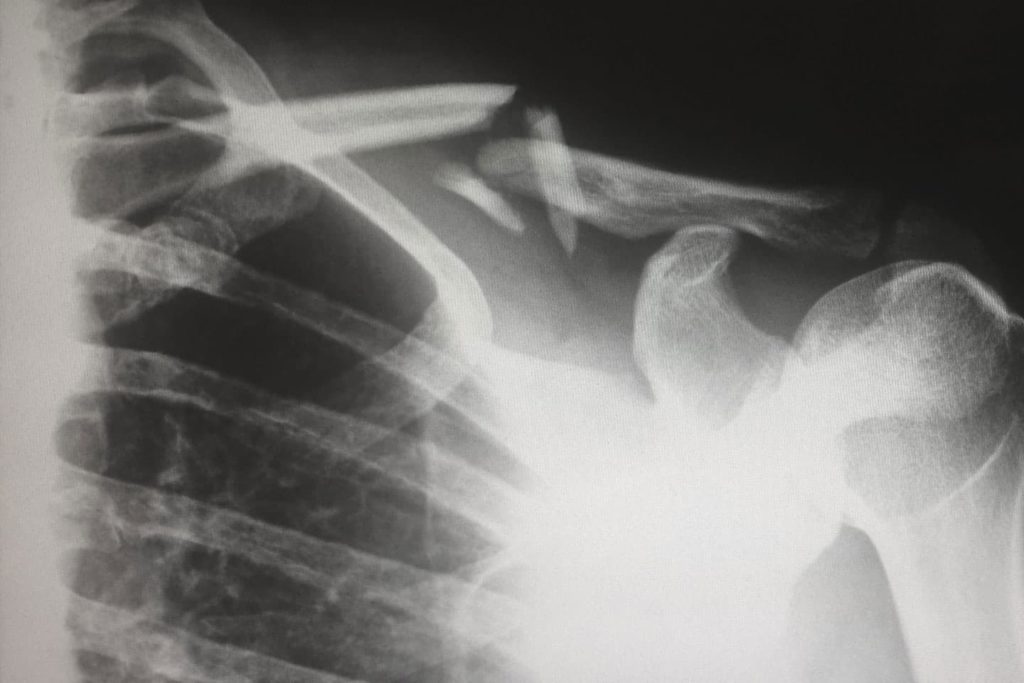Should You Really Be Taking an Antibiotic?
The last time you visited your doctor, you may have received a prescription of an antibiotic. Did you take the initiative to ask the physician if you really needed that antibiotic you were prescribed?
Often, antibiotics serve as effective tools that solve a multitude of health problems, but only when they’re really necessary. Patients rely too often on antibiotics even for minor problems, like viruses or bacterial infections that don’t even respond these kinds of drugs.
Maybe, you pressured your doctor to prescribe a round of antibiotics just so you could get well and get back to work…
Consider this scary report about the rampant over-prescribing of antibiotics as your latest wake-up call to really consider whether you really need them or not.
No reason to prescribe antibiotics
A team of Oregon-based scientists examined how often patients received prescriptions for antibiotics out of nearly a billion of outpatient visits nationwide.
They examined samples of data culled from the 2015 National Ambulatory Medical Care Survey, looking for indications whether antibiotic prescriptions were necessary, inappropriate or issued for no documented reason.
Antibiotics were prescribed in about 13 percent of those visits (some 130 million times). A majority of them (57 percent) were judged to be medically appropriate and necessary.
But that’s only part of the story…
The remainder of antibiotics were inappropriately prescribed (25 percent) or issued for no documented reason (18 percent). In other words, many of the 56 million prescriptions for antibiotics in those other categories were probably unnecessary.
Many of those wasted prescriptions were for urinary anti-infective agents, drugs used to treat urinary tract infections (UTIs). What’s more, patients who spent more time with their physicians or suffered from chronic health issues were prescribed antibiotics for no reason.
Probiotics to the rescue
All of these unnecessary prescriptions come with a huge price: Creating an antibiotic-resistant world where these valuable drugs lose their ability to work properly.
The end results are superbug infections stemming from Clostridium difficile (C. diff.) that can be impossible to treat.
The most important takeaway is pretty simple: If you need to take an antibiotic for any reason, be aware these drugs can create imbalances in your gut that harm your immune system and slow down your ability to get well.
Your best weapon to protect your health and help your body do the hard work of healing with a little damage as possible is a probiotic, ideally with multiple strains of beneficial bacteria like EndoMune Advanced Probiotic.
EndoMune’s powerful formula of 10 beneficial strains of bacteria from the Bifidobacterium and Lactobacillusfamilies and a prebiotic (that feeds the good bugs in your gut) not only protects and enhances your immune health.
(If you’re suffering from a urinary tract infection, probiotics like EndoMune are a safe and proven way to treat them.)
It helps that very necessary antibiotic you need to do its job to help you get well when you really need it.
Resources
Should You Really Be Taking an Antibiotic? Read More »










